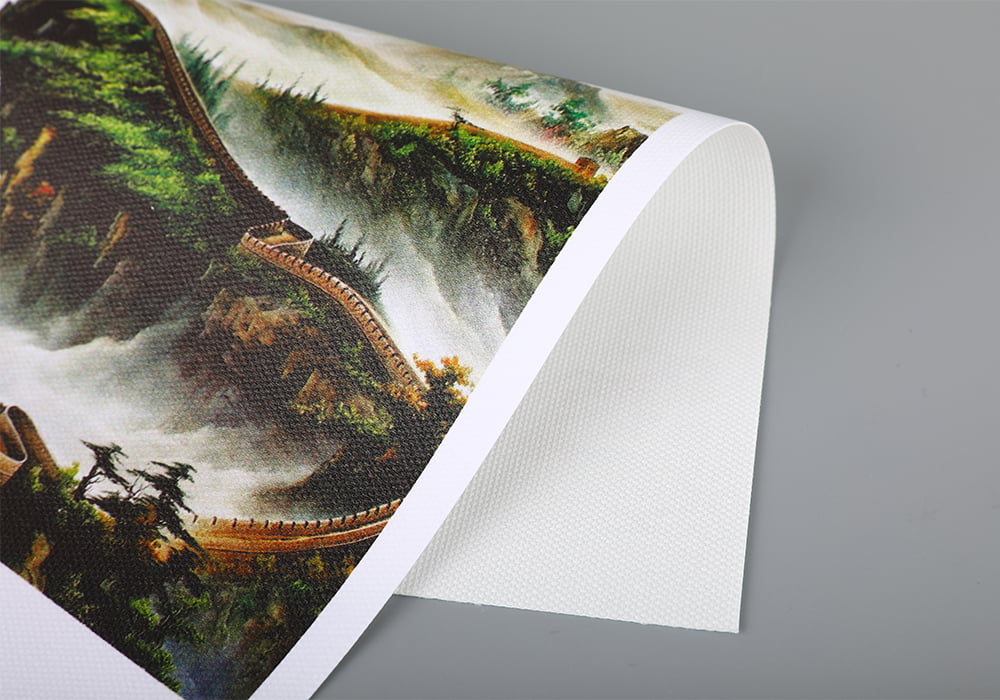Through the collection of data and personal experience, it is found that the oil canvas absorbs oil because of two reasons:
1. The bottom of the canvas is unevenly scraped, and it absorbs oil locally.
Solution: Scrape a layer of glue on the back and paint after it dries.
2. If the bottom color is not dry, the new layer will absorb oil.
Repeated alteration will also cause oil absorption, which is related to the drying function and quality of the pigment. Therefore, contemporary painters mostly use a one-time painting method, starting from the part, and gradually covering the picture with colors. When you need to adjust, wait for the color layer to dry before painting. But if you need to spread large color blocks, generally use turpentine to dilute the paint and then apply thinly, and then paint with partial coloring after it dries.
If during the sketching process, the painting time is concentrated and the picture needs to be adjusted repeatedly, oil absorption will inevitably occur. It is recommended to use a touch-up agent to deal with it.
The touch-up agent is made of synthetic resin and volatile solvent, which can restore the original luster of the oil-absorbing color layer. Spraying or brushing directly on the oil-absorbent color layer can play the role of polishing, the polishing agent should not be applied too much, because any oil will damage the brilliance of the pigment. The touch-up agent can also soften the surface oil film. Before laying the new color layer, apply the touch-up agent to the dried color layer, which will make the old and new color layers bond together. Mr. Quan Shanshi used a touch-up agent to connect the dried large tones before deep shaping; the painter He Duoling directly dipped in linseed oil with a clean paintbrush and applied it to the dried picture to connect the new color layer. When using linseed oil as a moisturizer, be sure to absorb the excess oil with a soft paper or cloth with strong water absorption after the application. The thinner the remaining oil layer, the better.
Garlic juice was also used by painters to polish. The method is: cut the garlic, and use the cut surface to wipe the oil-absorbing part of the picture. Garlic juice has a certain dissolving and restoring effect. This method is simple, but it can only be used on small parts. Because of the pungent smell, it is rarely used by painters.
